Researchers
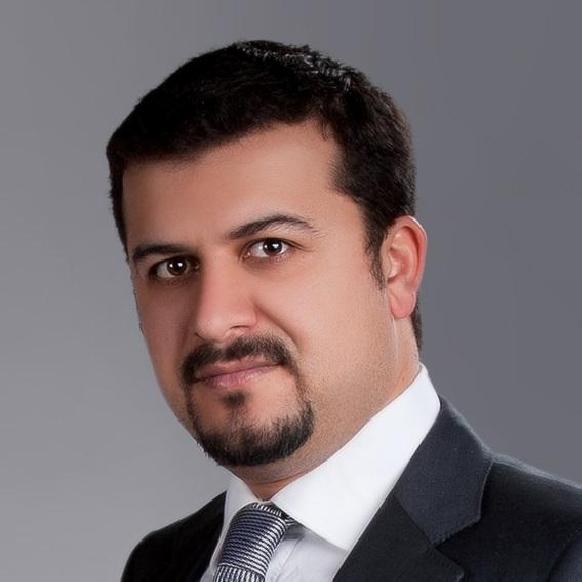
Seyed Ali Ghoreishian Amiri
Researcher, Department of Civil and Environmental Engineering
Norwegian University of Science and Technology (NTNU)
E-mail: mailto:seyed.amiri@ntnu.no
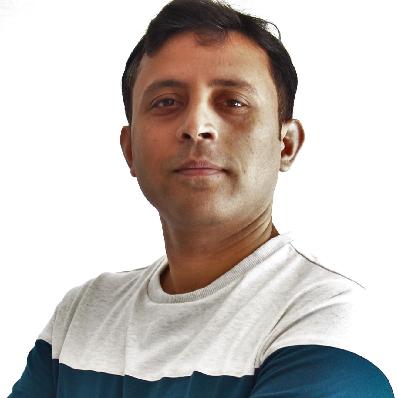
Basab Chattopadhyay
Researcher, Department of Physics
Norwegian University of Science and Technology (NTNU)
E-mail: basab.chattopadhyay@ntnu.no
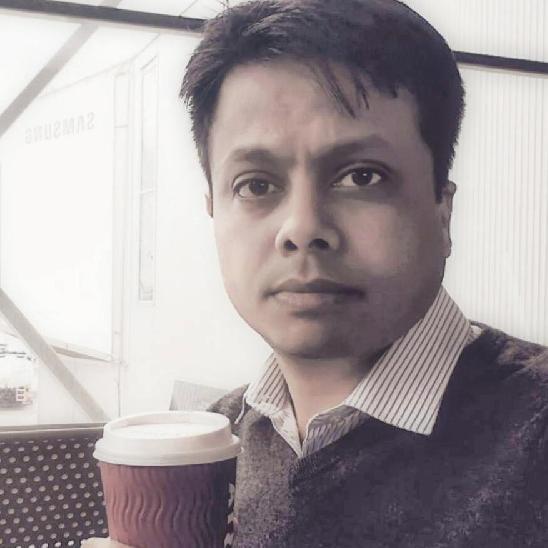
Santanu Sinha
Researcher, Department of Physics
Norwegian University of Science and Technology (NTNU)
E-mail: santanu.sinha@ntnu.no
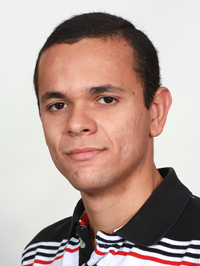
Marcel Moura
Researcher, Department of Physics, University of Oslo
E-mail: marcel.moura@fys.uio.no
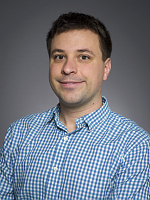
Fabian Barras
Researcher, NJORD Center for studies of the Physics of the Earth, University of Oslo
E-mail: fabian.barras@mn.uio.no
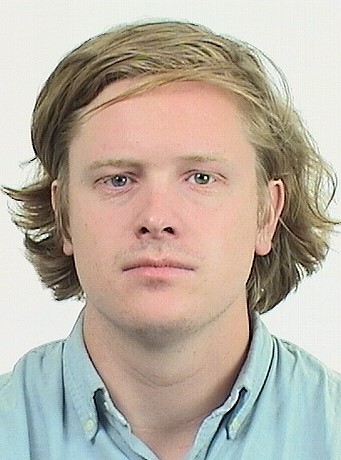
Gaute Linga
Researcher, NJORD Centre for Studies of the Physics of the Earth
University of Oslo (UiO)
E-mail: gaute.linga@mn.uio.no
Postdoctoral Fellows

Department of Chemistry, PoreLab NTNU, Norway
Farid is interested in a wide range of topics within thermo-fluids science, i.e. fluid mechanics, heat transfer, and thermodynamics. He likes to combine numerical, experimental, and analytical methods to address fundamental questions in thermo-fluids, which are crucial for understanding natural phenomena and engineering applications. Currently, Farid is a Postdoctoral Research Fellow at NTNU Department of Chemistry and PoreLab–Centre of Excellence working with Professor Øivind Wilhelmsen, primarily on the European Research Council (ERC) funded project InterLab, “Unravelling the fundamentals of transport across the vapor-liquid interface”.
Academic background
- Philosophiae Doctor (PhD) in Thermo-Fluids (Turbulence), Department of Energy and Process Engineering (EPT), Norwegian University of Science and Technology (NTNU), Trondheim, Norway, 2020-2024, Thesis title: Studies of Turbulence in a von Kármán Swirling Flow, Supervisor: Professor James R. Dawson
- Master of Science (MSc) in Mechanical Engineering (Thermo-Fluids), Department of Mechanical Engineering, Sharif University of Technology, Tehran, Iran, 2016-2018, Thesis title: CFD Simulation and Shape Optimization of Supersonic Ejectors for Refrigeration Applications, Supervisor: Professor Ali Hakkaki-Fard
- Bachelor of Science (BSc) in Mechanical Engineering (Thermo-Fluids), Department of Mechanical Engineering, University of Tabriz, Tabriz, Iran, 2011-2015
Supervisor: Professor Øivind Wilhelmsen
E-mail: farid.aligolzadeh@ntnu.no
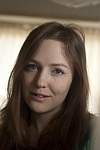
Department of Physics, PoreLab NTNU, Norway
Quirine is an awardee for the EU MSCA (Marie Sklodowska-Curie Actions) Postdoctoral fellowship. She holds a PhD in Civil and Environmental Engineering from EPFL, Switzerland, and a MSc in Theoretical Physics from Utrecht University, The Netherlands. Quirine’s project involves 2 partners: PoreLab at NTNU and the Montana State University in Bozeman, USA.
Supervisor: Alex Hansen
E-mail: quirine.e.krol@ntnu.no
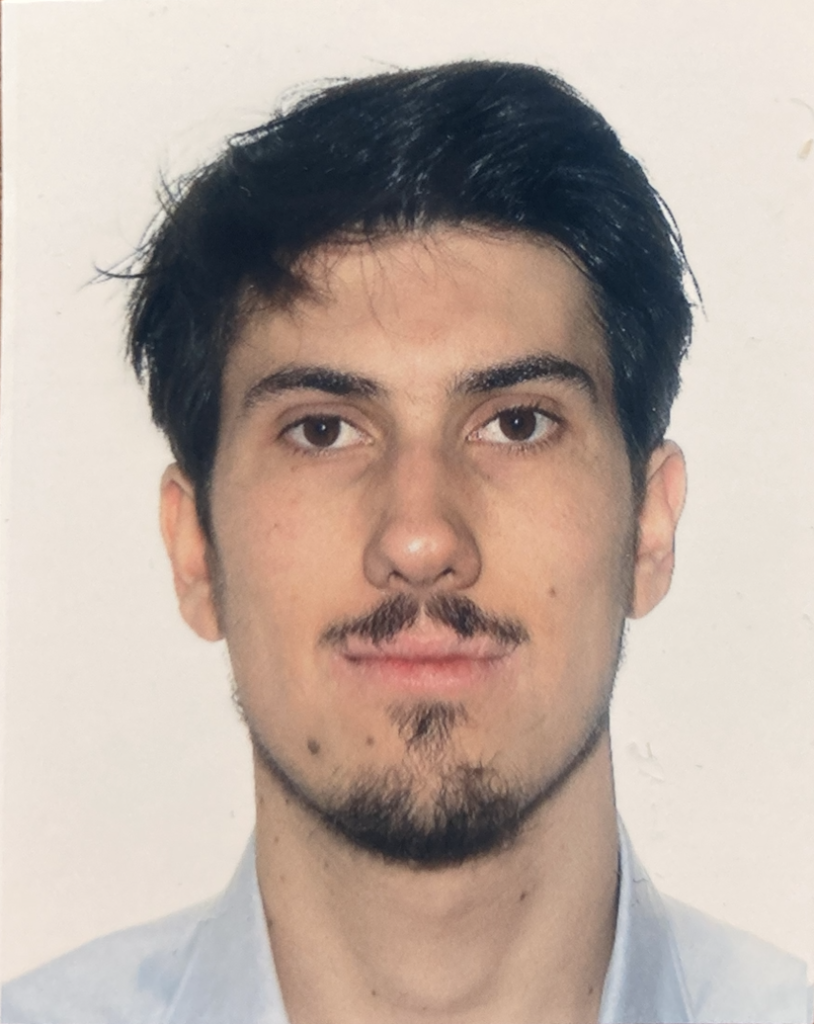
Federico Lanza
PoreLab, University of Oslo
Federico started as a postdoctoral fellow with PoreLab at UiO in January 2024. He will be working on the flow of complex fluids in porous media, with a focus on non-Newtonian fluids. Numerical simulations will be performed, adopting different models and methods to solve the nonlinear equations governing the flow. Experimental studies will also be involved, where the flow of polymeric solutions in 3D-printed porous media is investigated, with the goal of comparing the laboratory results with the theoretical predictions.
E-mail: federico.lanza@fys.uio.no
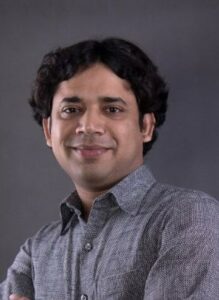
Khobaib Khobaib
Department of Physics, University of Oslo
Khobaib started his Postdoc at PoreLab/The Njord center on September 1st, 2022. He has been at Njord as a guest researcher from November 2021 to May 2022. He got his PhD in soft matter physics from Adam Mickiewicz University (UAM) in Poznan, Poland. At UiO he will be working on two-phase in porous materials with the controlled disorder.
E-mail: khobaibk@fys.uio.no
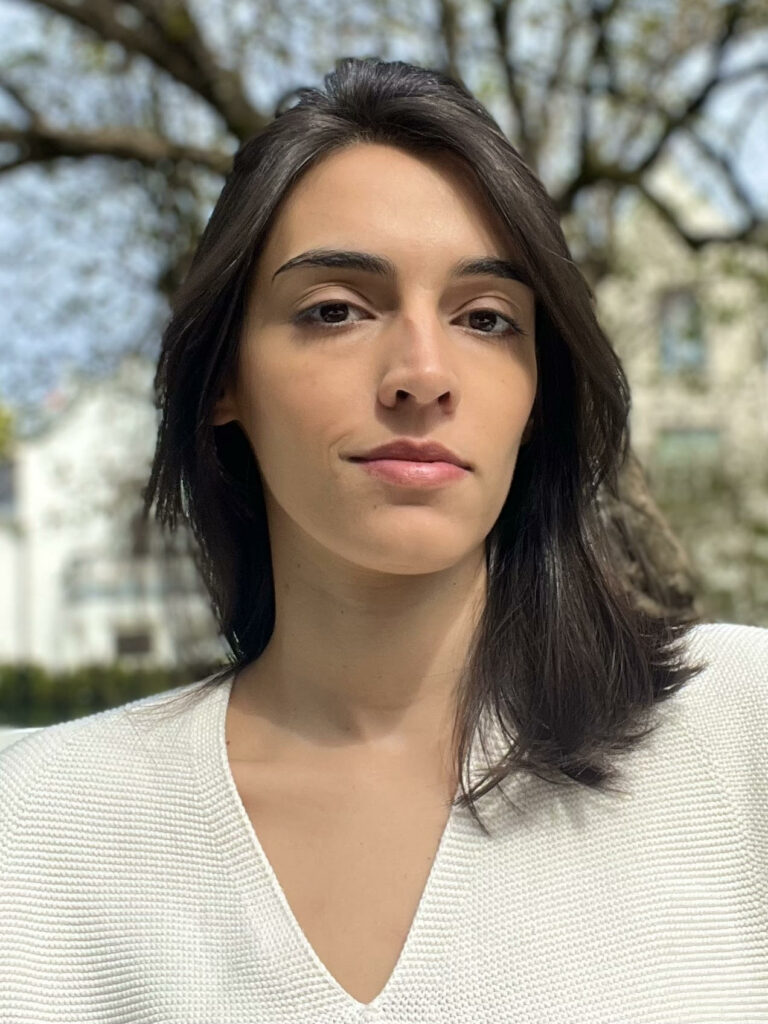
Paula Reis
Department of Physics, University of Oslo
During my postdoctoral fellowship at PoreLab, I will investigate how the connectivity through thin liquid films affects drainage flows in porous media. Using computational methods, the flow of two-immiscible fluids will be modeled at the pore-scale, with a special focus on representing the enhancement of the wetting phase displacement promoted by the pathways formed by thin layers of liquid left behind the main drainage front. The numerical predictions will be compared directly with experimental data, also carried out under the PoreLab/Njord FlowConn project.
Supervisor: Marcel Moura
E-mail: paula.reis@mn.uio.no
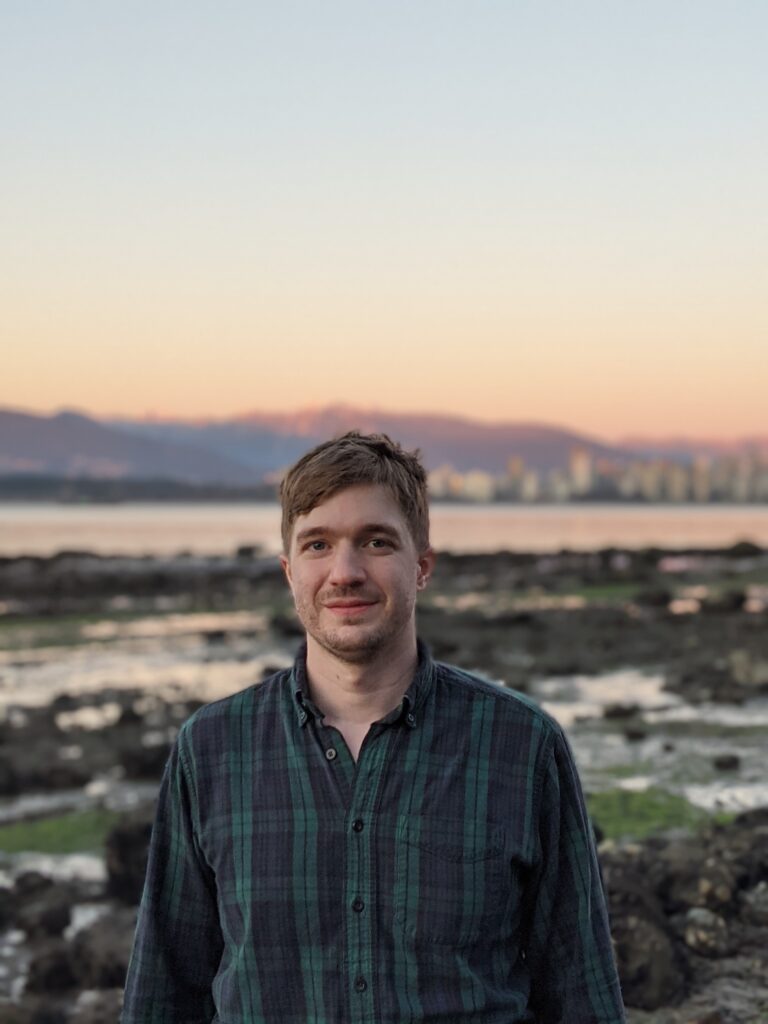
Kevin Pierce
The NJORD Centre for Studies of the Physics of the Earth, University of Oslo
I am a new postdoctoral researcher at Porelab and the Njord centre brought on to study mixing phenomena in porous media flow. I am educated in multiple disciplines, with PhD training in geomorphology and hydrology, and MSc training in statistical and condensed matter physics. My ambition at Njord is to work between these disciplines to produce new understanding of fluid mixing below Earth’s surface.
Supervisors: Gaute Linga
E-mail: kevin.pierce@mn.uio.no
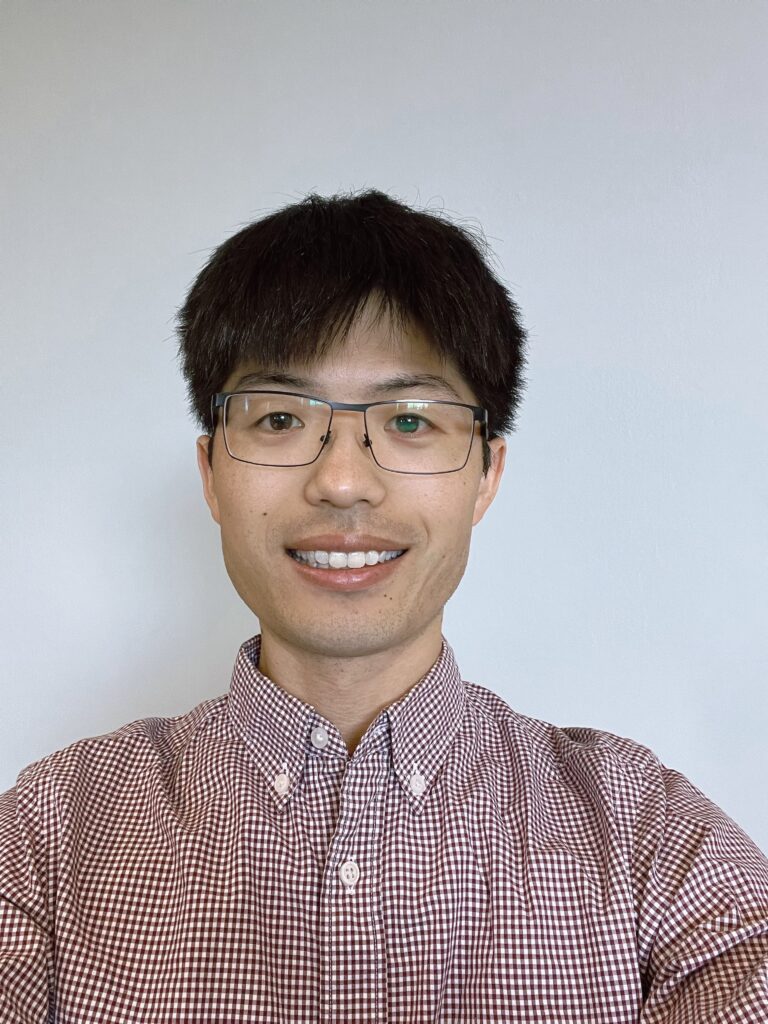
Yuequn Fu
Department of Physics, University of Oslo
My research aims to work on both experimental and theoretical aspects of multiphase flow and pattern formation in frictional fluids and porous media. The atomistic insights into the flow in porous media are expected to archive. In combination with experimental study, molecular dynamics simulations are employed to investigate the atomic-level formation, deformation, patterns, mechanisms, and rheology of the flow in porous media.
Supervisors: Eirik Flekkøy and Knut Jørgen Måløy
E-mail: yuequn.fu@fys.uio.no
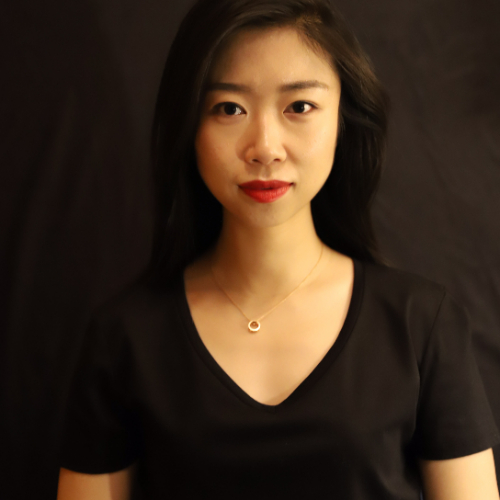
Lu Xia
Department of Chemistry, NTNU
E-mail: lux@ntnu.no
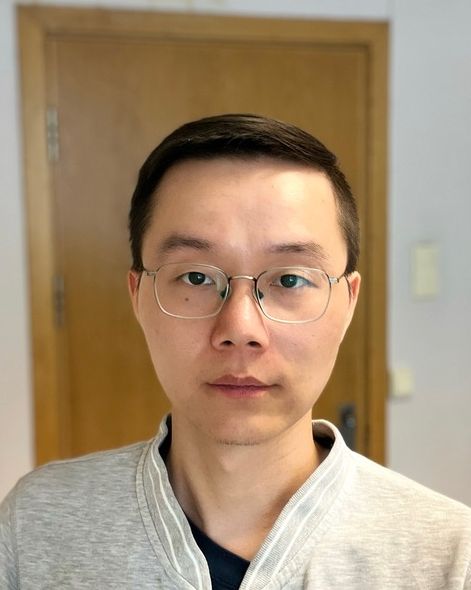
Ge Li
Department of Mechanical and Industrial Engineering, NTNU
E-mail: ge.li@ntnu.no
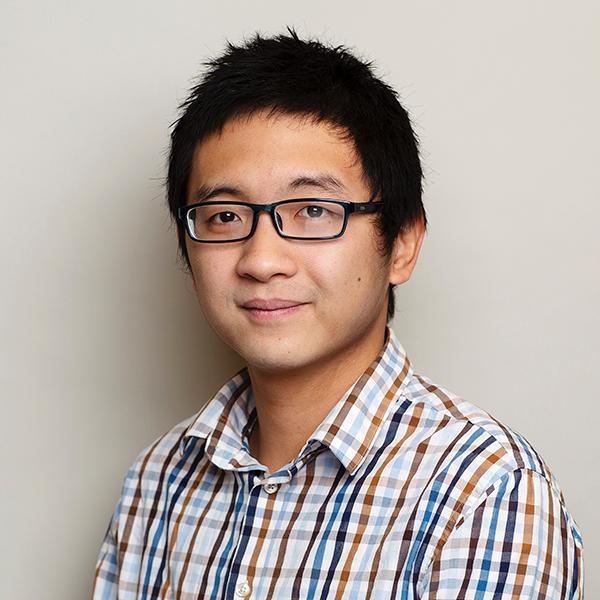
Quoc Anh Tran
Department of Civil and Environmental Engineering, NTNU
My research interest is to develop innovative computational approaches to simulate multiphysics phenomena subject to coupled thermal, hydro, mechanical process to understand their physics and mechanics. Applications range from grain-scale (discrete model for the interaction between granular grains) to large-scale (continuum model for landslide analysis)
E-mail: quoc.a.tran@ntnu.no
PhD Candidates
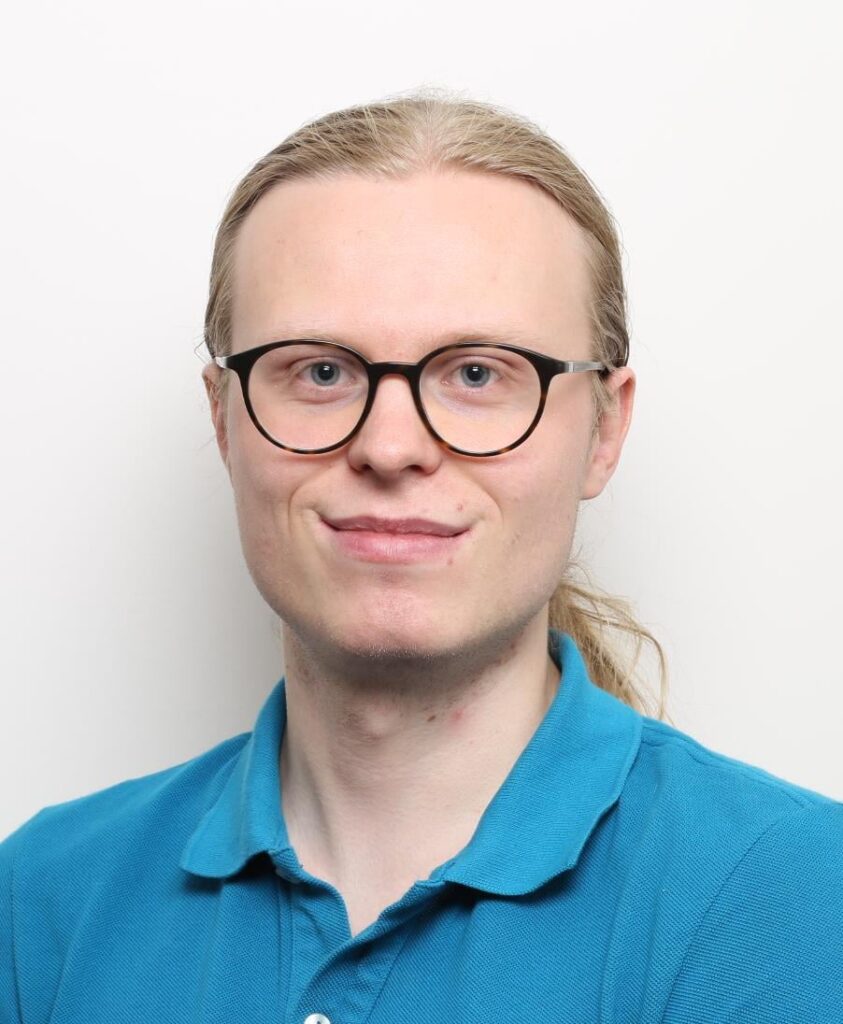
Department of Chemistry, NTNU
Understanding gas-liquid interfaces is crucial to understanding many physical and chemical systems. From the formation of raindrops and evaporation of seawater in large-scale climate models, to transport of compressed CO2, gas-liquid interfaces are of significant importance. Current theories vastly overpredict the evaporation rate at such interfaces.
In my PhD project, I will use molecular dynamics simulation and non-equilibrium thermodynamics to study transport phenomena across liquid-gas interfaces. The main goal is to improve current estimates of the evaporation rates at the interfaces. Furthermore, we wish to provide an explanation for said temperature gaps that is aligned with experimental observations.
The PhD project is part of the InterLab ERC Starting Grant.
Supervisors: Øivind Wilhelmsen
E-mail: jonas.bueie@ntnu.no
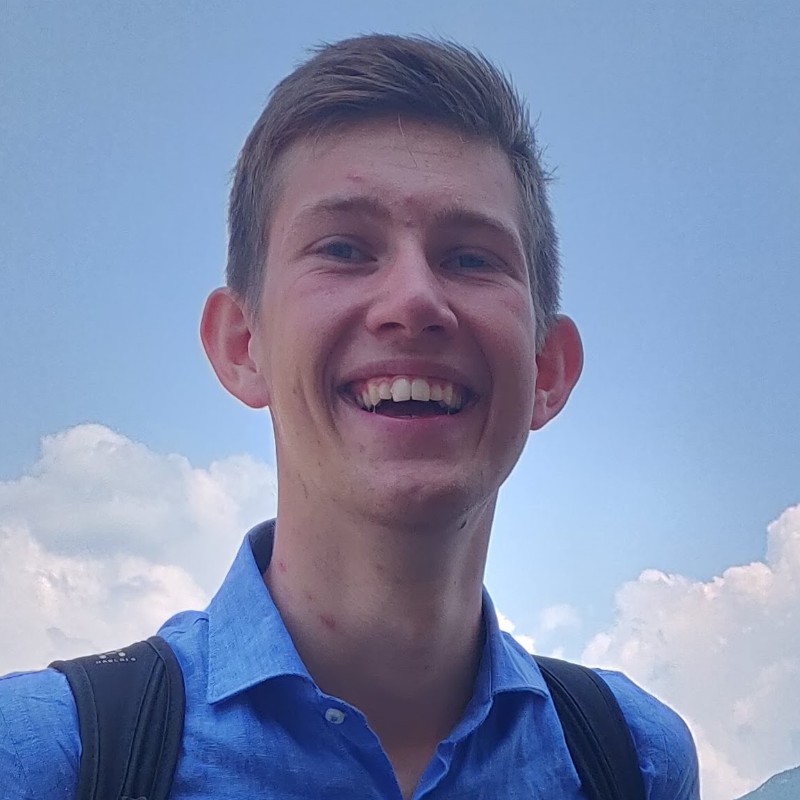
Department of Physics, NTNU
My PhD project is aimed at understanding flow of particles dispersed in a fluid, through porous media. Dispersions can both be gravitationally driven (like sand particles in water) or colloidal, like aerosols, emulsions, polymers, foams and gels. Their complex dynamics and flow properties through porous media are not well understood, and are hard to model due to the non-newtonian behavior.
I will mainly look at this problem by doing experiments and simulations. I will implement a new, promising technique called Differential Dynamic Microscopy to do local diffusion measurments, with potential in studying gelation processes, DNA-functionalised colloids and microrheology measurments. An advantage is the possibility to make these measurments below the diffraction limit, enabling studies on nanoscale systems with a fairly simple experimental setup. These are systems with surprising applications, both in research and in technology. Quick clays are examples of nanoporous materials whose behavior is hard to predict with our current understanding. Another application is the ion transport in the porous cathode material in the li-ion batteries we find in our everyday technological devices. Finally, understanding their importance in biological systems offer the opportunity to mimic the filtration mechanisms in porous membranes, which can be used in drug delivery systems and other medical devices.
Supervisors: Erika Eiser and Raffaela Cabriolu
E-mail: andreas.a.hennig@ntnu.no
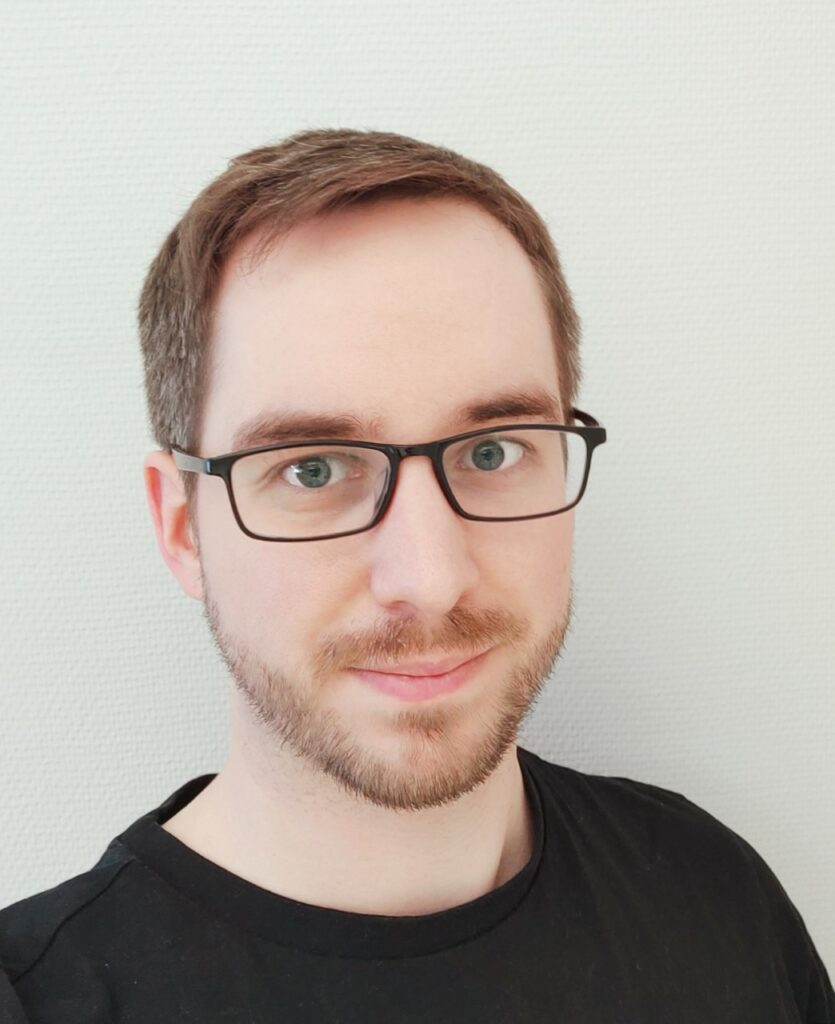
René Tammen
Department of Physics, NTNU
Quick clay formations are prevalent in Norway due to the Pleistocen-Holocene transition. When
disturbed, the clay liquefies and can result in catastrophic landslides. To prevent such events, limecement
deep mixing technology is used for ground stabilization, but it has a high carbon footprint. To
develop a sustainable alternative, a thorough understanding of the stabilization process on all scales is
necessary.
The primary goal of my PhD project is to attain a detailed understanding of the interactions between
clay particles and ion diffusion within the pore structure at a sub-micron scale. This will be
accomplished through experimental investigations of clay-suspension stabilization, in conjunction with
team members of the Sustainable Stable Ground project, where we develop Molecular Dynamic (MD)
and Brownian Dynamics (BD) models. The experiments will comprise, among others, zeta potential
and rheological studies, and the effect of the addition of various additives will be explored to stabilize
those suspensions. This fundamental knowledge should inform the simulations on particle level, and
thus pave the way to the understanding and upscaling to macroscopic behavior of illite-rich ground and
how to develop efficient, sustainable stabilization mechanisms.
Supervisor: Erika Eiser
E-mail: rene.tammen@ntnu.no
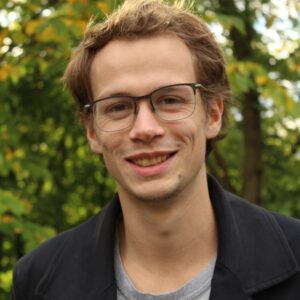
Tage Malty
Department of Chemistry, NTNU
During my Ph.D. I will investigate Novel quantum refrigerant mixtures for energy efficient hydrogen liquefaction. The main goal will be to develop new, accurate molecular based thermodynamic models for quantum mixed refrigerants.
Large-scale transport across long distances requires that hydrogen is in a dense phase. A promising candidate, both from a cost and energy point-of-view is liquid hydrogen (LH2), as it gives superior flexibility in the receiving end with respect to purity, pressurisation, distribution, and usage. The energy requirement for this process is large, but a key enabler for reducing this energy requirement is the utilization of quantum refrigerants, consisting of H2, neon, and helium.
Several areas will need to be addressed during the project to learn more about these refrigerants. The topics of research will be to map the risk of solid-formation of neon at the lowest temperatures, improve upon the “SAFT-VRQ Mie” equation of state (EOS) for lower temperatures, apply square gradient theory to refrigerants to determine the surface tensions of these fluid mixtures, and to perform molecular simulations of refrigerants using quantum path integral sampling.
Supervisor: Professor Øivind Wilhelmsen and co-supervisors: Morten Hammer and Associate Professor Ander Lervik
E-mail: tage.maltby@ntnu.no
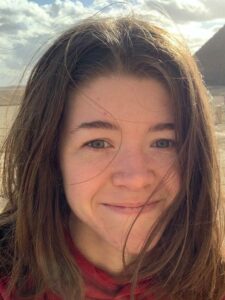
Elizaveta Sidler
Department of Physics, NTNU
My PhD project is dedicated to the study of the process of biomineralization by computer simulation method. Biomineralization can be defined as the crystallization of certain minerals in the presence of biogenic compounds (proteins, amino acids etc.). Complex organic-inorganic structures in the form of sea shells and bones arise as a result of biomineralization. This process is still little studied, includes many stages, and can’t be described by existing theories. Many experiments have been carried out to investigate the process, but computer simulation has advantages, as it allows you to study the earliest stages of biomineralization, as well as comprehensively explore the process at the molecular level and ultimately derive the concepts, principles of biomineralization. The object of my research is calcium carbonate in the water environment. I started by studying three polymorphs of calcium carbonate – calcite, vaterite and aragonite, their stability and role in the crystallization process. Molecular dynamic with various force-fields and advanced techniques as umbrella sampling and RETIS will be applied to the study.
Supervisor: Associate Professor Raffaela Cabriolu and co-supervisor: Erika Eiser
E-mail: elizaveta.sidler@ntnu.no
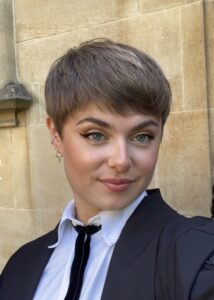
Ilaria Beechey-Newman
Department of Physics, NTNU
My PhD project will be experimentally investigating the anomalous diffusion of heat in nanoporous media during heat-thaw cycles. The primary aim of this will be to verify theory on the topic developed by other members of PoreLab.
This will be achieved using carefully designed model colloid networks, of known pore size distribution, to create a porous medium that allows the study of flow of complex fluids and gases through them in the lab. These systems will be analysed using advance light scattering techniques, and simple thermo-couple measurements.
Understanding of such systems will be important in the development of novel membrane materials for use in a wide range of technologies, including but not limited to: bioartificial membranes and organs for application in medicine, and cathode materials for rechargeable lithium-ion batteries.
Supervisor: Erika Eiser and co-supervisor: Associate Professor Raffaela Cabriolu
E-mail: ilaria.beechey-newman@ntnu.no

Hristina Dragovic
Department of Energy and Process engineering, NTNU
The project for my Ph.D. is part of the project named PredictCUI: “Experimental investigation of moisture transport in mineral wool“. The pipe is insulated using open fibrous materials such as mineral wool and insulation is protected from water ingress using a thin metal which is called cladding, but protection is never perfect, so water will enter in some locations and migrate through the insulation, causing the spread of corrosion, a common problem known as Corrosion under Insulation (CUI). This problem affects mostly petroleum and chemical industries. The research project PredictCUI will focus on building the physical understanding of the problem and developing humidity monitoring system that will help to locate where water has entered the system and improve the understanding of humidity transport in pipe insulation in general. Specially, the research work will be consisted of laboratory measurements that will be performed to improve understanding of transport mechanisms of liquid water as well as water vapor (diffusion of water vapor, transport of liquid water through capillarity, evaporation/condensation) in the highly open porous insulation materials. Laboratory measurements will provide measured data that need to be collected and analysed using computer code that will be developed for this purpose. In the PredictCUI project, measurements within experimental work package WP2 will be performed on three different temporal and spatial scales, in three different setups: annular setup, cross-sectional setup, experiments performed on NMR setup. Researchers including experimentalists from industry partners, NTNU EPT (Department of Energy and Process Engineering) and SINTEF will collaborate in this project.
Supervisors: Ole Jørgen Nydal at NTNU and Åsmund Ervik at SINTEF
E-mail: hristina.d.pejcev@ntnu.no
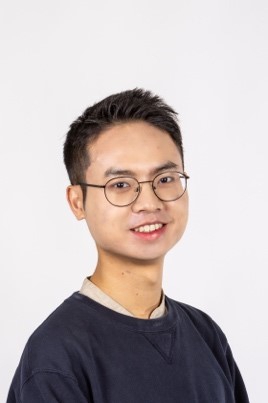
Yao Xu
PoreLab, University of Oslo
On 2 October, Yao joined PoreLab, Njord (UiO) as a Ph.D. student. He will work on the CO2Basalt project, where he will mainly investigate the convective mechanics of CO2 dissolved in water in model porous media and fractures and estimate the pH field using pH analysis methods developed by PoreLab, whereby he may develop numerical models that can simulate the density-driven convection.
E-mail: yaox@fys.uio.no
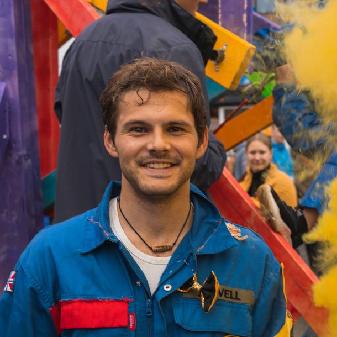
Vegard Gjeldvik Jervell
Department of Chemistry, NTNU
During my Ph.D., I will investigate transport properties at interfaces. The starting point of the research is classical density functional theory and kinetic gas theory.
Our aim is to develop a consistent theory with the capability of providing quantitative predictions of transport across phase boundaries. Furthermore, it is of importance that the theory should hold not only at uniform conditions, but also in the presence of large thermal gradients and in porous structures.
The possibility of accurately predicting transport coefficients at phase boundaries and in porous structures without the use of costly MD-simulations can provide a powerful tool in the development of battery technology, CO2- and hydrogen storage, separation technology, and much more.
Supervisor: Øivind Wilhelmsen
E-mail: vegard.g.jervell@ntnu.no
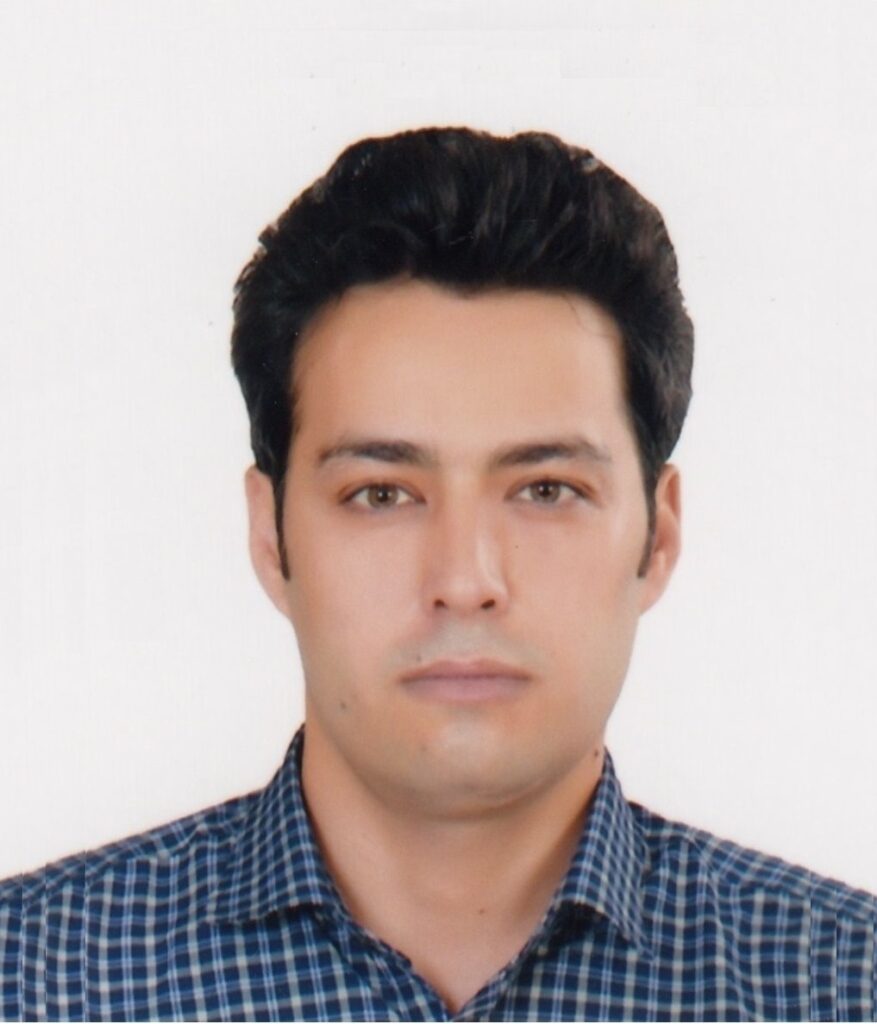
Reza Haghanihasanabadi
Department of Geoscience and Petroleum, NTNU
My research is about working on pore-scale modeling of multiphase fluid flow inside porous media using the lattice Boltzmann method. Various phenomena, including capillary entry pressures, layer flow, snap-off, cooperative pore-body filling, and trapping in multiphase flow, happen in the pore scale and they strongly depend on the wettability of a rock sample. This study aims to conduct direct modeling of multiphase flow on segmented micro-CT images of fluid distribution inside a porous medium seen in experiments to find the wettability map of the matrix surface. To do so, developing a workflow together with advancing the capabilities of an open-source LB code are considered, which can also be used for different physics concerning fluid flows inside porous media.
Supervisors: Carl Fredrik Berg / Eirik Grude Flekkøy
E-mail: reza.haghanihasanabadi@ntnu.no
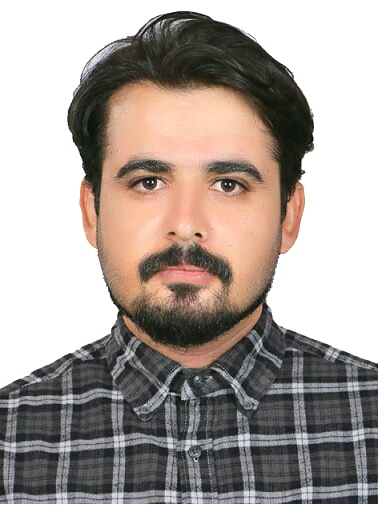
Fazel Mirzaei
Department of Physics, NTNU
I’m working on computational imaging, ranging from medical to industrial and environmental applications. I’m working on multiphase flow visualization as a PhD candidate at NTNU. Being able to quantitatively observe multiphase liquid flow in porous materials would be a key enabler for solving a wide range of challenges deeply rooted in today’s societal needs. Examples include understanding the transport of pollutants in the soil and in ground water, the potential escape of sequestrated CO2, the distribution of drugs in living tissue, and the uptake of water and minerals by plants. X-ray tomography has during the last decade developed at a rapid pace but has the fundamental limitation that materials of similar electron density give weak image contrast. As a goal, our working hypothesis is that despite flux limitations, liquid flow dynamics in porous media can be quantitatively imaged by neutron tomography if suitable isotopic contrast variation is combined with concepts borrowed from recent breakthroughs in artificial intelligence and information theory.
Supervisor: Dag Werner Breiby
E-mail: fazel.mirzaei@ntnu.no
Scholar google: https://scholar.google.com/citations?user=3No7MBQAAAAJ&hl=en
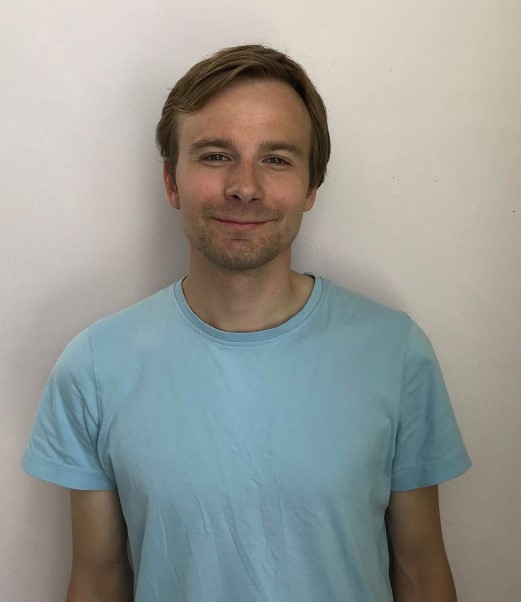
Sebastian Everard Nordby Price
Department of Chemistry, NTNU
Encapsulating the drug into nanoparticles (NPs) before transporting them to its target, is a common way to minimize the toxicity towards healthy tissue. However, a challenge in the use of NPs, is to achieve sufficiently dosage and homogenous distribution of the NPs in the target tissue. Lately, focused ultrasound (FUS) has been shown to improve the delivery of NPs and drugs.
I will in this project be working theoretically on developing models for transport of molecules through tissue/porous media from data given by Caroline Einen, who will be doing the experimental laboratory work. Our goal is to reveal the transport mechanisms for NPs in tissues, and create a predictive model for delivery of NP to tumours.
Supervisors: Anders Lervik, Signe Kjelstrup, Magnus Aashammer Gjennestad and Ruth Catharina de Lange Davies
E-mail: sebastian.n.price@ntnu.no
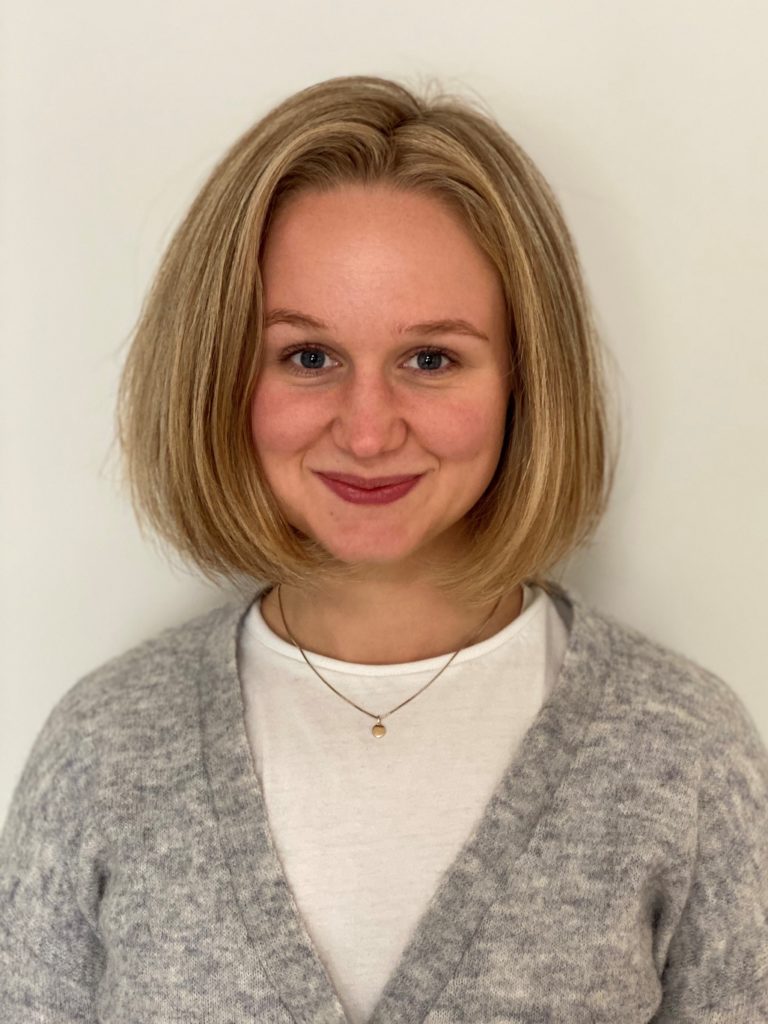
Caroline Einen
Department of Physics, NTNU
Nanoparticles (NPs) loaded with therapeutic agents can be used as vesicles for delivery of drugs to tumors for reduced toxic effects in healthy tissue. A specific approach to achieve improved targeted delivery is to combine NPs with microbubbles (MB) and focused ultrasound treatments (FUS). Application of FUS in the presence of MBs can cause the MB to oscillate or implode, which in turn give mechanical forces that facilitate extravasation of the NPs from the vasculature and further push the NPs further into tissue, a strategy that has shown enhanced delivery of drugs to tumors.
My project aims to increase the understanding of the underlying mechanisms governing the success of NP delivery to tumor tissue using the MB and FUS combination. My work is a part of the research project ““Ultrasound-mediated transport of nanoparticles in tissue: Creating a predictive model combining theory, simulations and experiments” funded by the Research Council of Norway. I will investigate the process of NP transport in tissue experimentally, where PhD candidate Sebastian Price will attempt to make a predictive model based on the experimental data, resulting in a tool for designing the optimum FUS treatment for effective NP delivery
Supervisors: Catharina de Lange Davies, Rune Hansen, Einar Sulheim and Signe Kjelstrup
E-mail: Caroline.Einen@ntnu.no
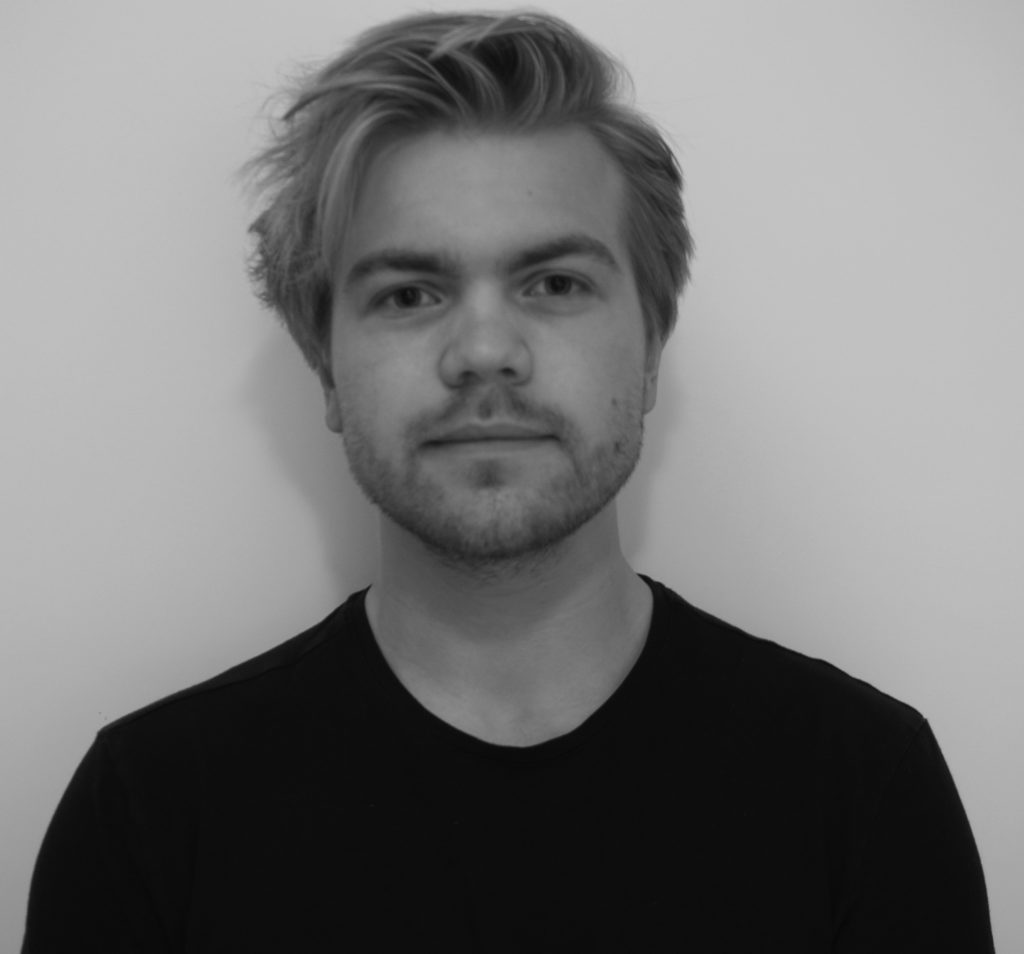
Håkon Pedersen
Department of Physics, NTNU
The topic of my PhD is the thermodynamics and statistical mechanics of immiscible two-phase flow in porous media. These systems can span over an extreme range of length scales. At the scale of individual pores and phase-boundaries, a few nanometers at the smallest, the physical picture is quite different from what is seen at macroscopic scales. Determining the macroscopic flow from the physics at the pore scale, dubbed the «upscaling problem», is what we will attempt to solve.
In the end, the macroscopic phase flow will be described by a general thermodynamic framework, connected to the statistical mechanics of the system. These thermodynamic relations are supplied by constitutive equations which relate the macroscopic flow of the fluid to driving forces. In recent years, it has been shown that a non-linear relation between flow and driving force, e.g. pressure, might occur in porous media systems.
To solve the upscaling problem, we will use numerical network models to examine the predictions of our theory, and verify our results with experiments performed at the PoreLab node at UiO
Supervisors: Alex Hansen and Knut Jørgen Måløy
E-mail: Hakon.Pedersen@ntnu.no

Tomislav Vukovic
Department of Geoscience and Petroleum, NTNU
The topic of my PhD is optimization of screening criteria for green enhanced oil recovery (EOR) methods. A well-designed screening process is crucial for the success of the green chemical EOR. Currently there are many uncertainties in process induced by the oversimplification of the procedures or by the lack of full understanding of the recovery mechanisms. Therefore the aim of my PhD is to describe oil mobilization process and recovery mechanisms in porous medium based on the dynamic emulsification behavior in self-designed oil traps using 2D micromodels. Additionally, zeta and streaming potential measurements will be utilized for the wettability alteration investigation. Extracted data will be used for the optimization of the screening criteria.
Supervisors: Antje van der Net, Umer Farooq and Ole Torsæter
E-mail: Tomislav.Vukovic@ntnu.no
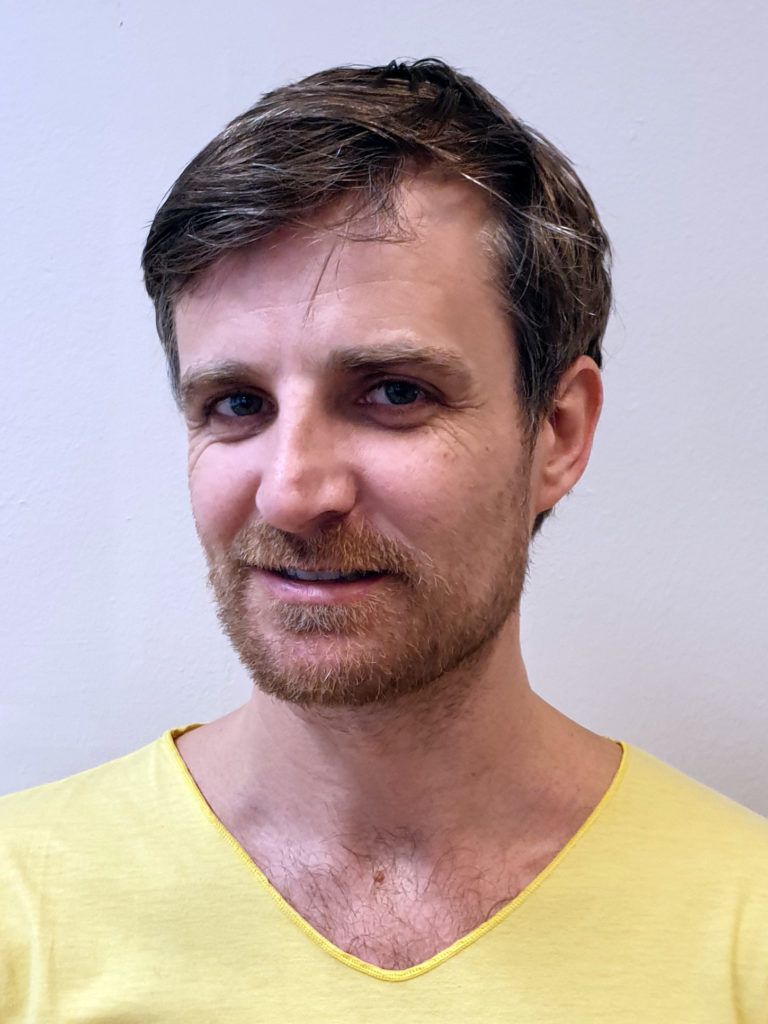
Joachim Falck Brodin
Department of Physics, UiO
Joachim’s research is centered around experimental studies of flow in porous media in a 3D set-up. The majority of the experimental work conducted in the field has been on 2D systems. His work includes the development and optimization of a 3D scanner, based on optical index matching of fluids and the solid, porous medium.
Currently he is focusing on the interplay between gravitational, capillary and viscous forces.
Supervisors: Knut Jørgen Måløy/Eirik Grude Flekkøy
E-mail: j.f.brodin@fys.uio.no
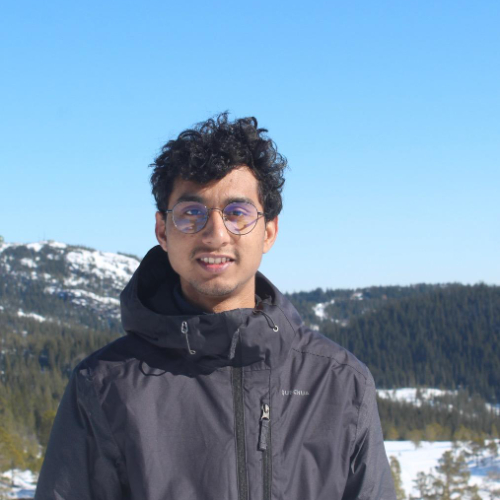
Mukul Jaiswal
Department of Physics, NTNU
E-mail: mukul.jaiswal@ntnu.no
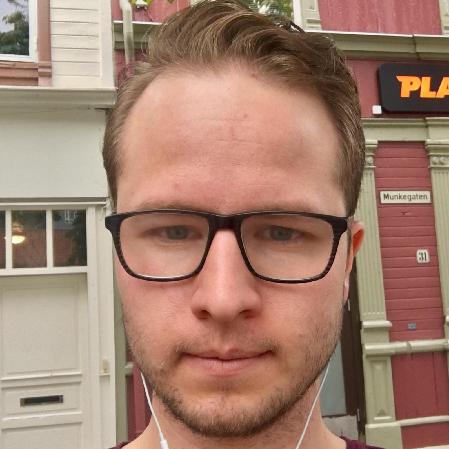
Christopher Devik Fjeldstad
Department of Mechanical and Industrial Engineering, NTNU
Supervisor: Astrid de Wijn
E-mail: christopher.fjeldstad@ntnu.no
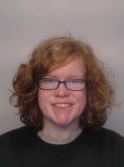
Jennifer Sheehan
Department of Mechanical and Industrial Engineering, NTNU
Supervisor: Astrid de Wijn
E-mail: jennifsh@stud.ntnu.no

Kamila Zablocka
Department of Structural Engineering, NTNU
E-mail: kamila.zablocka@ntnu.no
